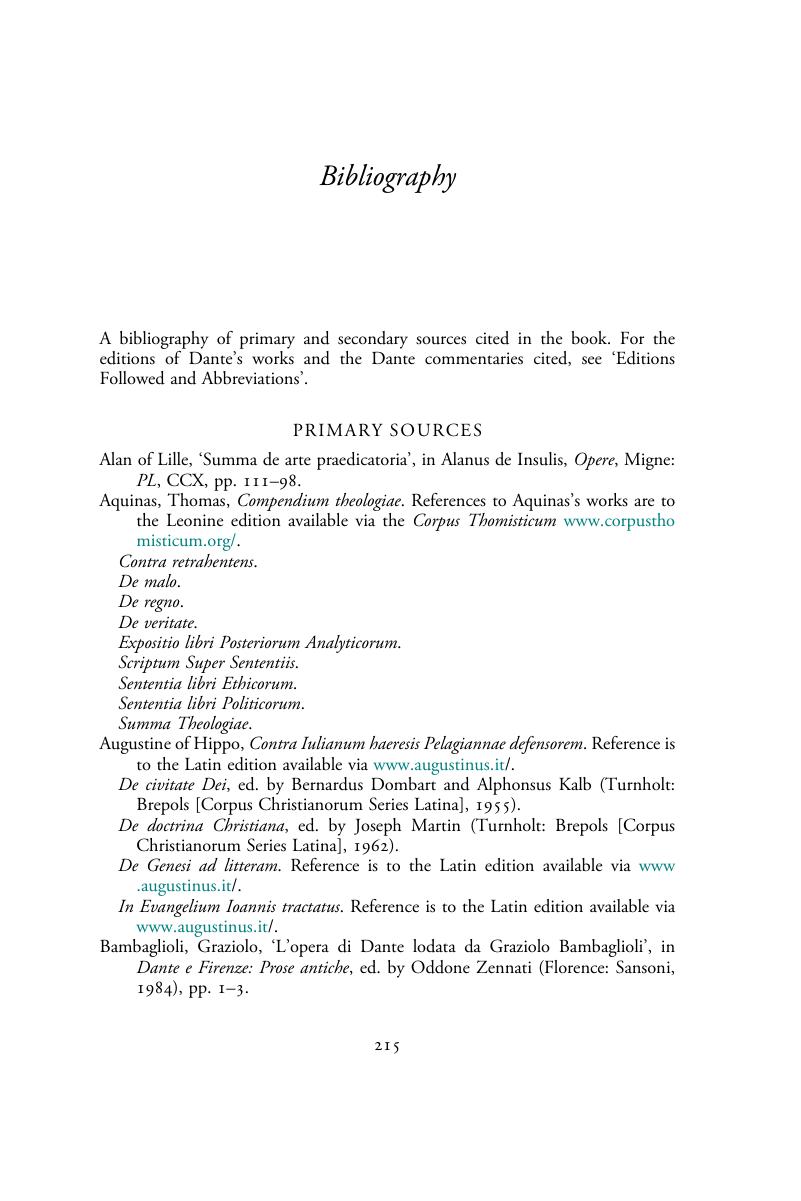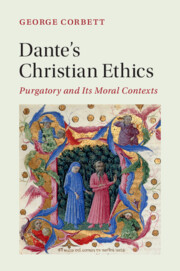Book contents
- Dante’s Christian Ethics
- Cambridge Studies in Medieval Literature
- Dante’s Christian Ethics
- Copyright page
- Contents
- Acknowledgements
- Editions Followed and Abbreviations
- Introduction
- Part I Ethical and Political Manifesto
- Part II Reframing Dante’s Christian Ethics
- Part III Penance and Dante’s Purgatory
- Conclusion
- Bibliography
- Index
- Cambridge Studies in Medieval Literature
- References
Bibliography
Published online by Cambridge University Press: 28 February 2020
- Dante’s Christian Ethics
- Cambridge Studies in Medieval Literature
- Dante’s Christian Ethics
- Copyright page
- Contents
- Acknowledgements
- Editions Followed and Abbreviations
- Introduction
- Part I Ethical and Political Manifesto
- Part II Reframing Dante’s Christian Ethics
- Part III Penance and Dante’s Purgatory
- Conclusion
- Bibliography
- Index
- Cambridge Studies in Medieval Literature
- References
Summary

- Type
- Chapter
- Information
- Dante's Christian EthicsPurgatory and Its Moral Contexts, pp. 215 - 228Publisher: Cambridge University PressPrint publication year: 2020



